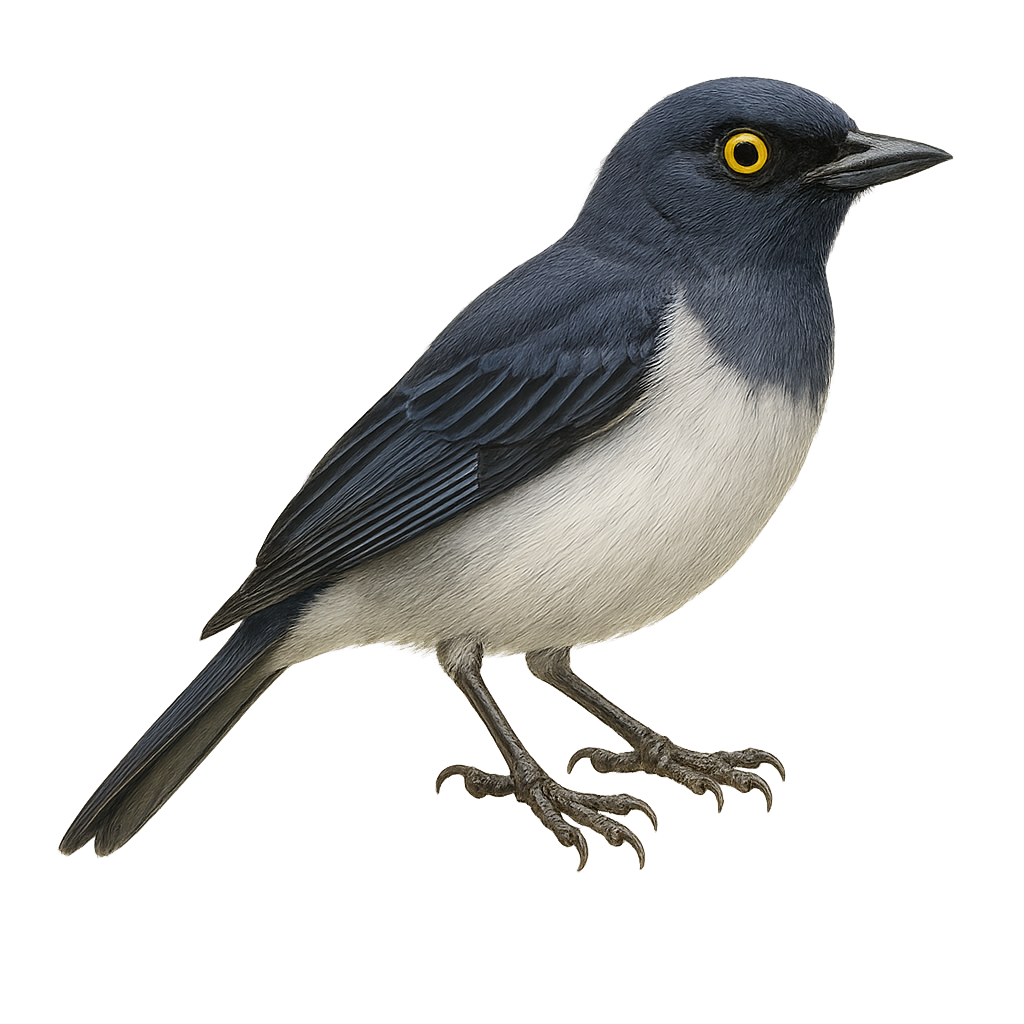Your wildlife photography guide.
Explore the white-bellied dacnis in detail, study its behavior, prepare your shots.
Where to observe and photograph the white-bellied dacnis in the wild
Learn where and when to spot the white-bellied dacnis in the wild, how to identify the species based on distinctive features, and what natural environments it inhabits. The WildlifePhotographer app offers tailored photography tips that reflect the white-bellied dacnis’s behavior, helping you capture better wildlife images. Explore the full species profile for key information including description, habitat, active periods, and approach techniques.
White-bellied Dacnis
Scientific name: Dacnis albiventris

IUCN Status: Least concern
Family: THRAUPIDAE
Group: Birds
Sensitivity to human approach: Suspicious
Minimum approach distance: 5 m
Courtship display: December to February
Incubation: 12-14 jours
Hatchings: December to March
Habitat:
tropical rainforests, forest edges, wooded areas
Activity period :
Primarily active during the day, with peak activity in the morning and late afternoon.
Identification and description:
The White-bellied Dacnis is a small, colorful bird belonging to the Thraupidae family. It is primarily found in the tropical rainforests of South America, particularly in Venezuela, Colombia, and Brazil. This passerine is distinguished by its striking plumage: males display a bright blue with a white belly, while females have more subdued shades of green and blue. The White-bellied Dacnis is a diurnal bird, active mainly during the day, feeding on fruits, nectar, and insects. It is often seen in small groups, sometimes in the company of other bird species. Although its habitat is threatened by deforestation, it is currently classified as "least concern" by the IUCN.
Recommended lens:
400mm – adjust based on distance, desired framing (portrait or habitat), and approach conditions.
Photography tips:
To photograph the White-bellied Dacnis, it is advisable to use a 400mm lens or longer to capture the details of its striking plumage without disturbing it. Opt for early morning or late afternoon hours when the natural light is soft to achieve vibrant color shots. Be patient and discreet, as this bird can be suspicious. A tripod can be helpful to stabilize your camera and avoid motion blur.
The WildlifePhotographer App is coming soon!
Be the first to explore the best nature spots, track rutting seasons, log your observations, and observe more wildlife.
Already 1 432 wildlife lovers subscribed worldwide

